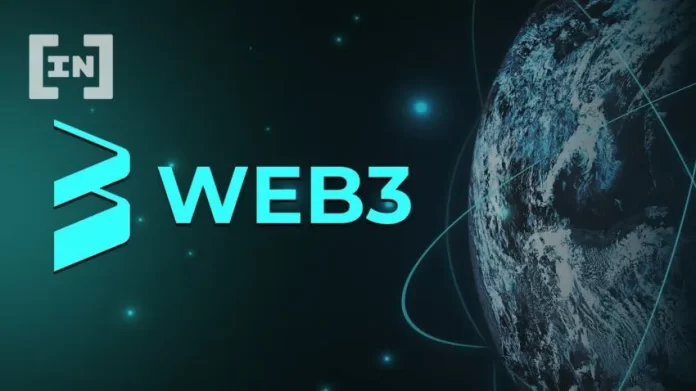Remark
Most people who are far from understanding the essence of Web 3 infrastructure and technologies are sure that Web 3 is in demand only in the crypto currency market and is not intended for any other purposes. However, in fact, this technology is not only useful, but is already being used in many non-financial sectors. An examples are decentralized markets or some social networks that operate on the basis of decentralized platforms. And these are only the first steps of web 3 technology. Experts predict that decentralization will not only develop rapidly, but also spread to an increasing number of areas of human activity.
Since infrastructure plays the main role in decentralized processes, its development and maintenance often turns into a problem for many network users. To avoid legal problems and protect their assets, businesses implementing Web3 technologies should consult with a lawyer specializing in the space. Therefore, in order to successfully implement their projects with minimal loss of time and financial resources, users have the opportunity to manage the web3 infrastructure by outsourcing this process.
The basis of web 3 infrastructure
Figuratively speaking, web-3 infrastructure can be compared with the infrastructure of any city. Every city has different life support systems: water supply, heating, lighting, garbage disposal, transport, and so on. All this is necessary for a life and work of the citizens. Exactly the same picture is observed in web 3. There, too, users will not be able to work quietly without the necessary infrastructure. The web3 infrastructure in some cases has its own nuances, but at the same time retains a single basic foundation. Therefore, the answer to the question: “What does the web 3 infrastructure consist of?” will depend on the project in the development and maintenance of which it participates.
The web 3 infrastructure is based on various technologies, among which are blockchain, decentralized storage and identification systems, peer-to-peer networks.
Decentralized storage network
The exchange of data in a decentralized network takes place using a chain of blocks. Such a basic architecture can be improved by startup specialists. In particular, one of the new approaches involves the work of miners. That is, anyone can give away their idle capacity for storing or computing data and receive a reward in the form of tokens for this. The client should not worry about the loss of data or the leakage of any personal information, as happens periodically in traditional data centers. Each array of blocks is checked using special calculations, which guarantees data protection, reliable and stable operation of the entire data storage system as a whole. At the same time, a decentralized data storage system can be used in a variety of areas where it is necessary to handle large amounts of data, store and process them, and exchange them.
Peer-to-peer networks
The peer-to-peer network is the foundation upon which all decentralized and distributed networks are based. The main difference between decentralized and distributed networks from centralized ones is that each user is both a client and a server. He can both accept requests for itself and send them to other clients / nodes of this network. At the same time, there is no one central server that holds the entire network. If the central server in the centralized network goes down, the entire network system will collapse. In a decentralized network, nodes do not have complete dependence on each other. Despite the fact that when any one connecting node is disabled, some nodes may lose communication with each other, but in general, the entire system remains operational. Even better is the situation in distributed networks. Disabling any of the nodes of this network will not in the slightest way impair the performance of the network system.
The downside of distributed networks is the need to store a large number of connections, as well as the fact that it does not ensure the anonymity of senders and recipients. Unlike a distributed network, a decentralized network can well provide such anonymity, provided that packets are routed and encrypted. We emphasize that both the decentralized network and the distributed network are peer-to-peer, in contrast to the centralized one, which is a multi-rank network.
Blockchain
And finally, we will mention another important part of the web 3 infrastructure – blockchain technology. Its essence is simple – the arrays of information ply between people, bypassing the stages associated with intermediaries, service personnel and governing bodies. The easiest, the blockchain can be represented using its figurative counterpart – an endless metal chain in which it is impossible to break or change any link.
To date, blockchain has the largest network involvement on the planet. The more people use the blockchain, the more powerful and secure it becomes. Blockchain technology is universal, and those who tie it only to cryptocurrency transactions are absolutely mistaken. Of course, they are interconnected, but at the same time, the blockchain can be perfectly used outside the framework of the cryptocurrency. The fact is that the future of cryptocurrency is still vague, since not all regulators see it as a promising direction. But the blockchain, as a kind of very convenient modern technology, is likely to continue its development in the future.
















